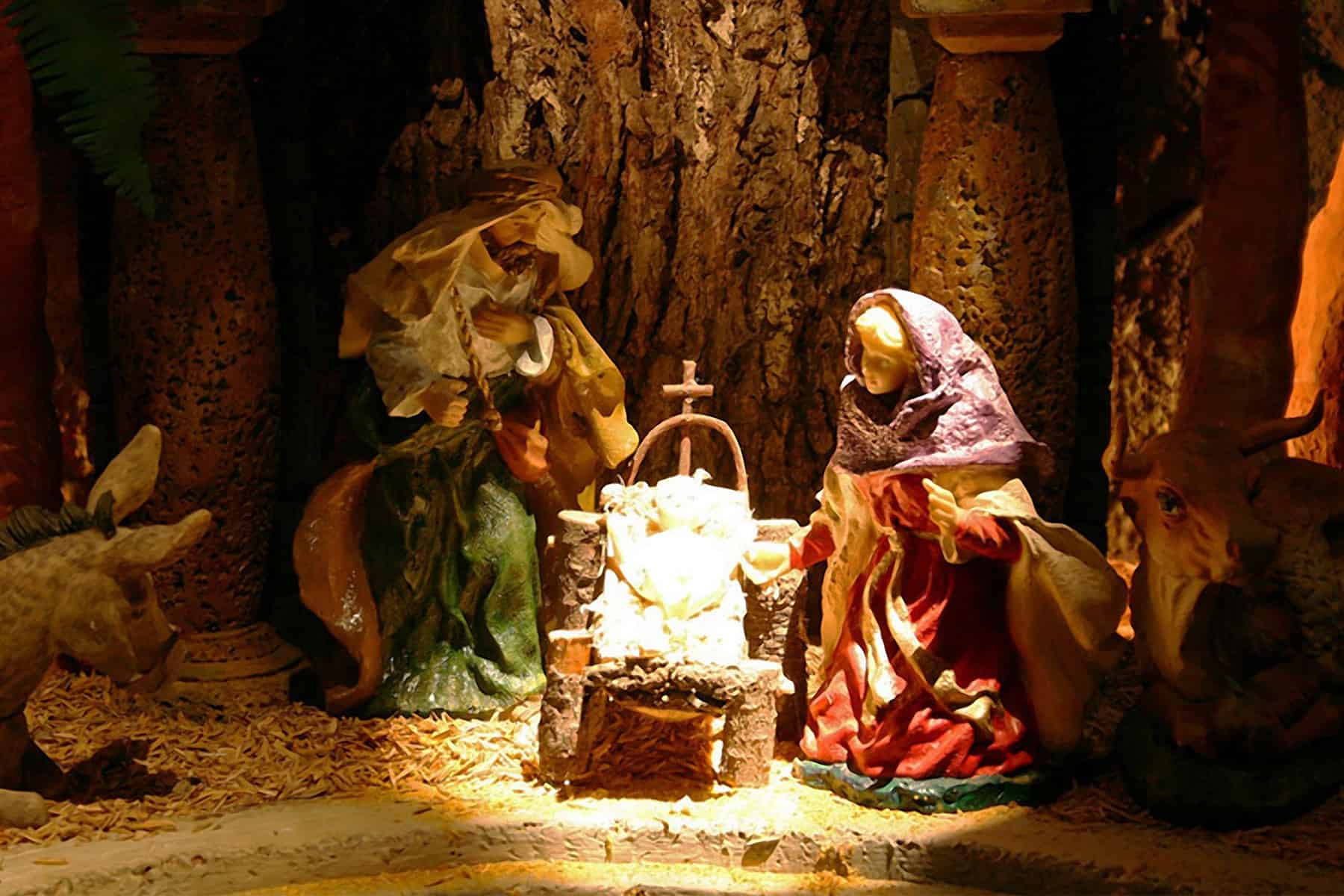Despite all of the marketing efforts to make Santa Claus the star of Christmas in Costa Rica, 39 percent of Tico parents polled in a survey last month said they tell their children that Baby Jesus, known in Spanish as El Niño or El Niñito, is the one who brings gifts on Christmas Eve.
This was one of the findings of an online poll on Christmas and New Year traditions conducted by research firm UNIMER last month.
What’s more, the man in the red suit didn’t even come in second in polling, because 32 percent of parents said they preferred to tell their children the truth – that they or other family members give the presents.
Santa Claus, or Colacho as some Ticos call him, came in third with only 27 percent of respondents saying they tell their children the man in the flying sled comes to Costa Rica, despite the fact that roofs here have neither snow nor chimneys.
The survey also found that some older Christmas and New Year traditions still continue – among them, the fact that most Tico families cannot spend the holidays without eating tamales.
The popular dish of cornmeal patties stuffed with meat (mostly pork or chicken), vegetables, rice and other ingredients varies depending on region, and it is still king during the holiday celebrations.
Recommended: WATCH: Making tamales in Costa Rica
The Tico tamal (not tamale) is part of celebrations in 97 percent of households, and 60 percent of families prepare them at home. Tico families eat them at any hour of the day for breakfast, lunch, during afternoon coffee and dinner.
The survey also asked people about the prevalence of lucky charms, or agüizotes, on New Year’s Eve that some people continue practicing even during the first days of January. These superstitions prevailed among 40 percent of respondents. Of those, 65 percent said they attract good luck by eating 12 grapes exactly at midnight.
Ticos also are fond of Santa Lucía flowers (Ageratum spp.), with 46 percent of respondents saying they believe that receiving a bouquet of the tiny purple flowers – and particularly keeping a sprig of dried flowers in wallets or purses – will ensure they never run out of cash. There’s a trick though: In order to function, one must receive the flowers as a gift, because picking them yourself won’t work.
Holidays also are the favorite time to travel because in Costa Rica they coincide with the first month of the country’s dry season, which lasts through April.
Six out of 10 respondents said they plan to travel during this season, of which 80 percent will head to destinations in the country. In order to boost your chances for this, the best New Year’s Eve agüizote is to lug your suitcases around the block.
For general good luck in the upcoming year, 39 percent of respondents said they will wear yellow underwear during New Year’s Eve celebrations.
UNIMER conducted its survey of 865 adults in the Greater Metropolitan Area, which includes the cantons of Cartago, Alajuela and the capital, San José. It has a margin of error of +/- 3.3 percent and a confidence level of 95 percent.
Here’s a roundup of the survey’s main findings:

